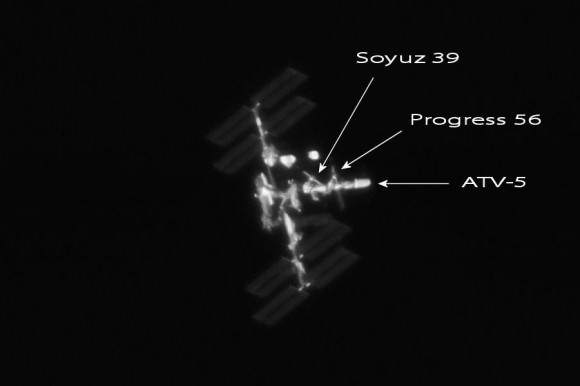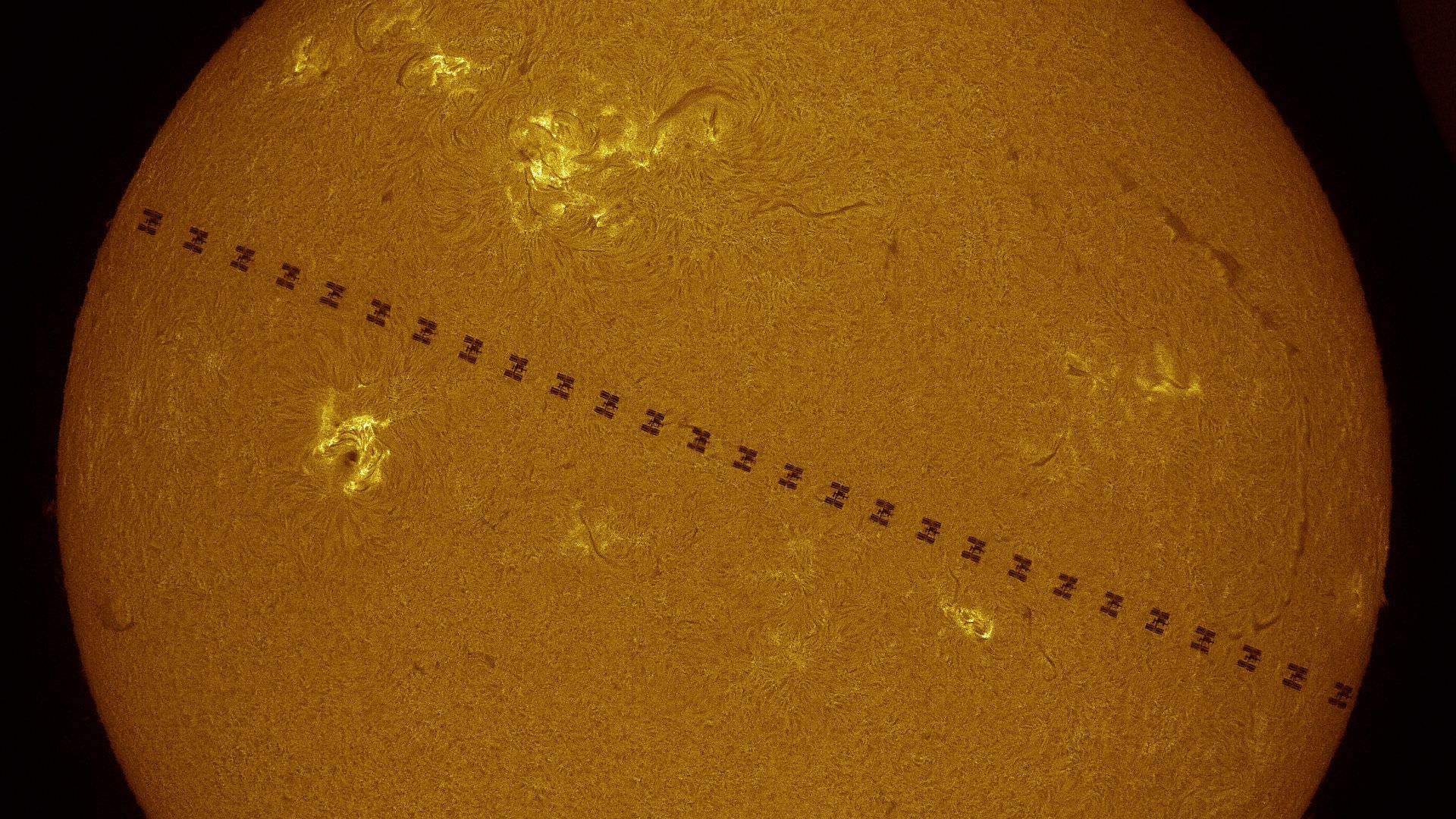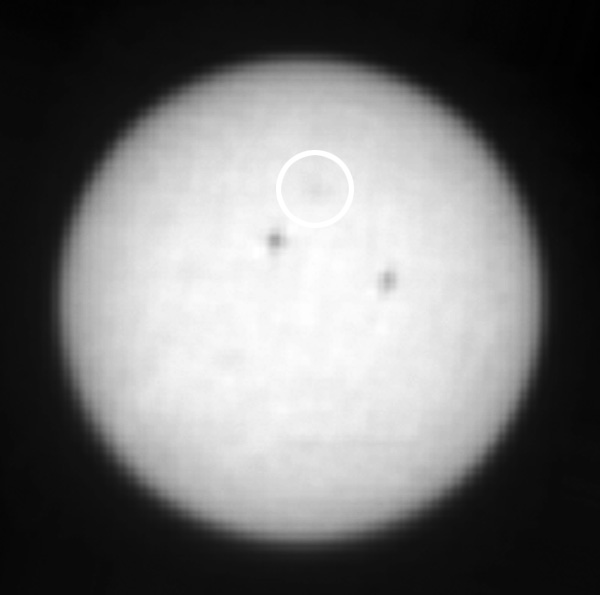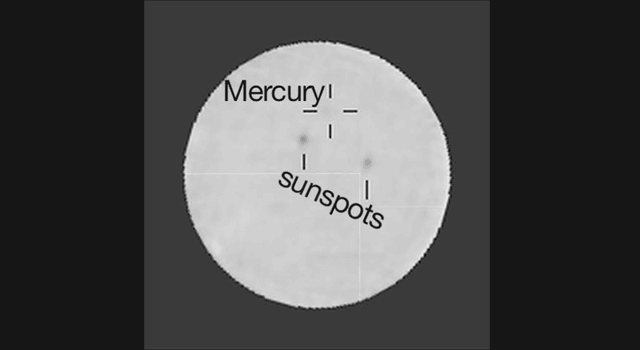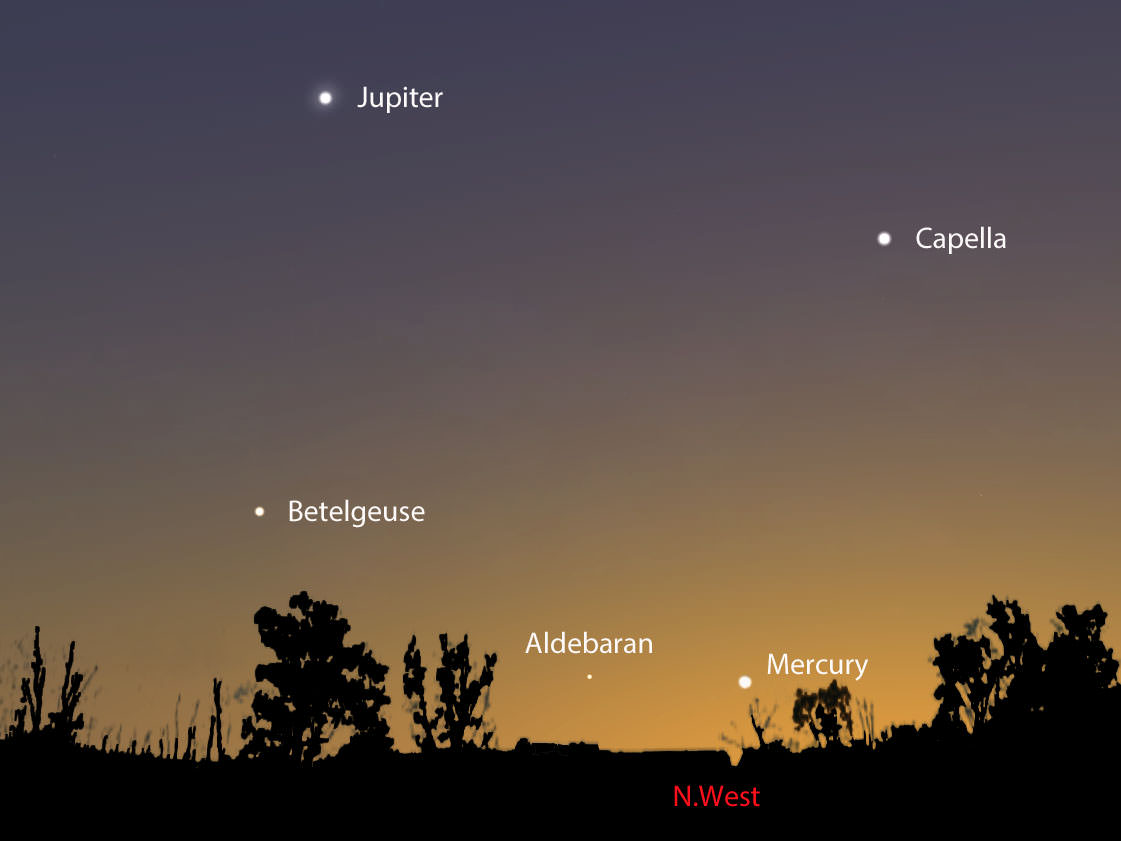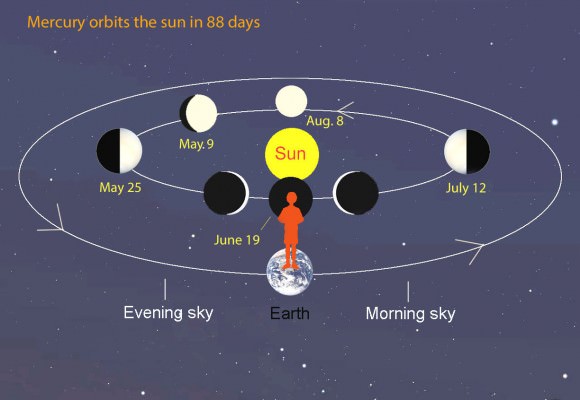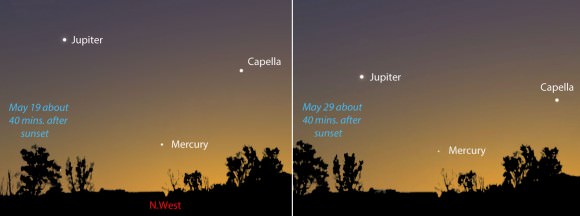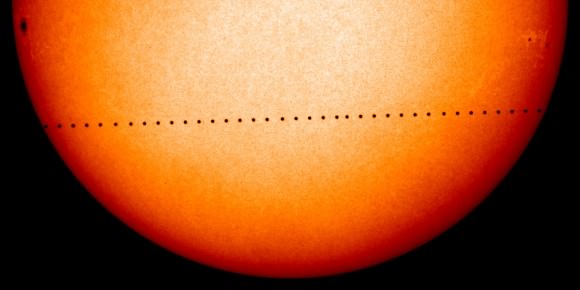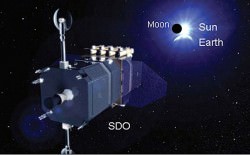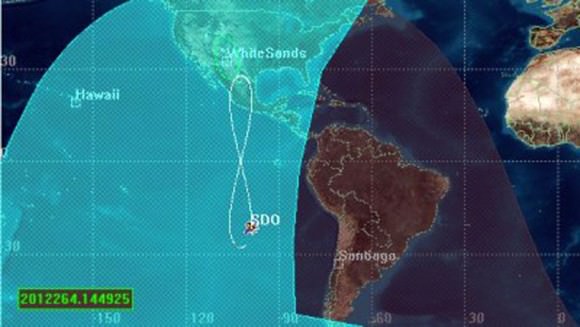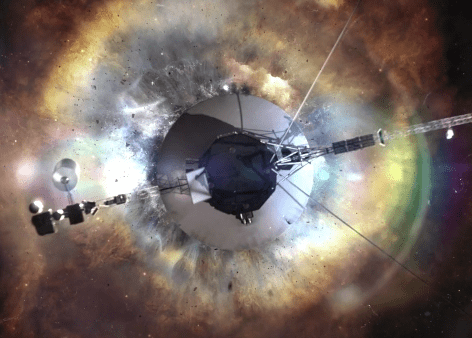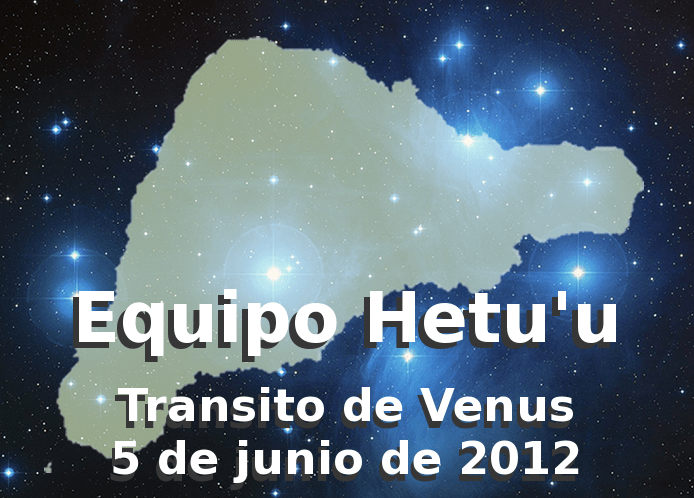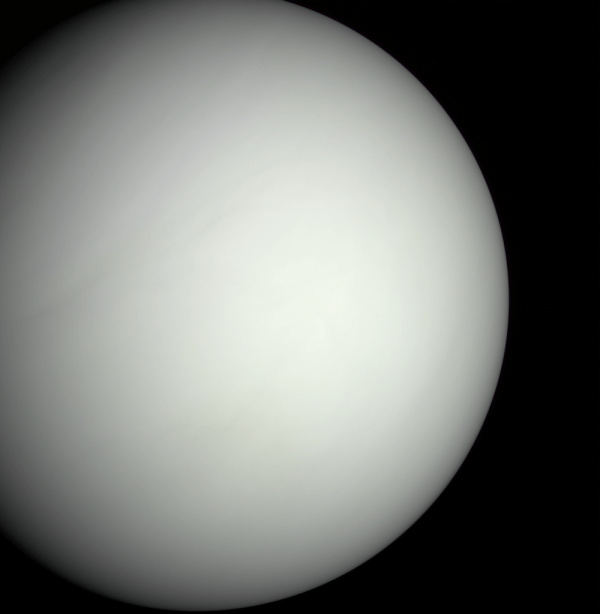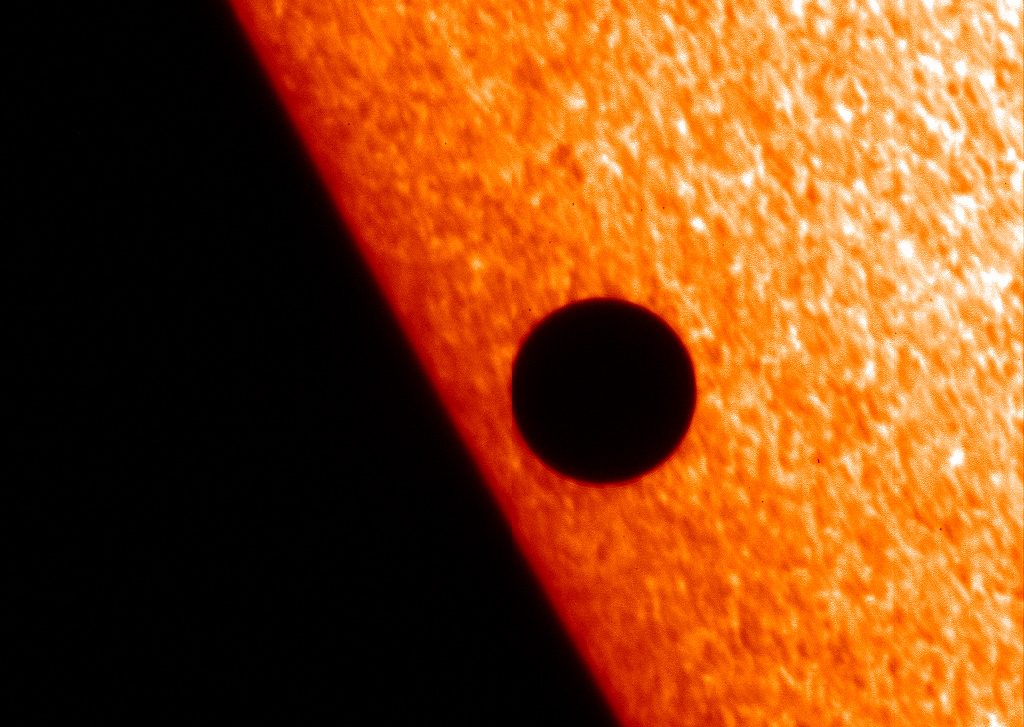Take a look at the incredible detail in the latest work from astrophotographer extraordinaire Thierry Legault. He captured images of the International Space Station transiting in front of the Sun in September 2014, and visible in the images are several of the visiting docked spacecraft (at one point in September there were 5 ships parked at the Station). Clearly visible are the ATV-5 ‘Georges Lemaitre,’ the Soyuz 39 and the Progress 56.
Wow!
Keep in mind, an ISS transit lasts less than a second (.7 seconds to be exact — and is shown in real time in the video above) and capturing the event in images must be timed with ultimate precision. Legault has captured a detailed night passage of the ISS, as well. See images below.
Legault used his Celestron C14 EdgeHD to capture these images, and for the solar transit of ISS, he used both both H-alpha and white light filters.
In a previous Universe Today article, Legault explained how he studies maps, and will travel thousands of kilometers to be in the right place to capture such a transit. He uses a radio synchronized watch to know very accurately when the transit event will happen.
His camera has a continuous shuttering for 4 seconds, and he begins the imaging sequence 2 seconds before the calculated time.
“For transits I have to calculate the place, and considering the width of the visibility path is usually between 5-10 kilometers, but I have to be close to the center of this path,” Legault explained, “because if I am at the edge, it is just like a solar eclipse where the transit is shorter and shorter. And the edge of visibility line of the transit lasts very short. So the precision of where I have to be is within one kilometer.”
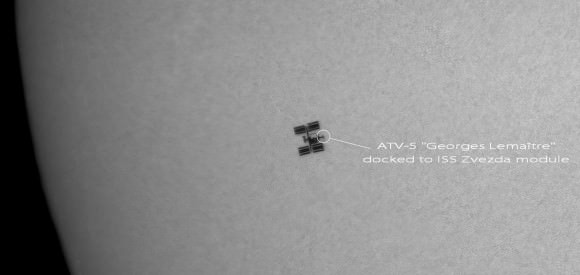
See more images and information at Thierry’s website, and we thank him for sharing his work with Universe Today.
